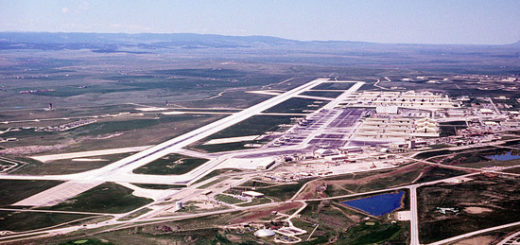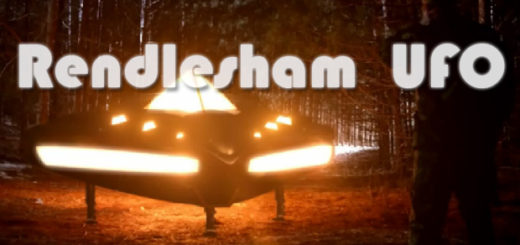Mysterious 470-Million-Year-Old Alien Rock Discovered In Sweden

– Scientists have discovered a mysterious 470-million-year-old alien rock in a limestone quarry in Sweden.
The potato-shaped rock some 20-30 kilometres (12-19 miles) wide is unlike any other meteorite found on Earth to date, and may shed light on the history and formation of our Solar System.
Dubbed Oest 65, reesrachers think the rock smashed into another much larger body, sprinkling our adolescent planet with debris.
Previously, remnants of only one of the two rocks had been found, in the form of meteorites called chondrites.
Scientists now believe they have unearthed a piece of the second space orb, boosting the theory of a major smash-up between two galactic travelers.
It is thought that the breakup of the bigger chondrite body, about 100-150 km across, had yielded a major cluster of rocky debris in the asteroid belt between Mars and Jupiter.
The resultant flux of extraterrestrial material, some of which rained down on Earth, coincided with a massive expansion of invertebrate ocean life at a time our planet’s landmass was largely fused together into a supercontinent called Gondwana.
“The single meteorite that we now found… is of a type that we do not know of from today’s world,” said Birger Schmitz of Lund University in Sweden.
The object contains very high concentrations (compared to Earth materials), of elements such as iridium, which is very rare on Earth.
“The meteorite also contains high concentrations of rare isotopes of the element Neon”—and in different proportions than in chondrites.
The team measured telltale signs of cosmic radiation in the meteorite to determine how long it had flown around in space before crashing to Earth.
“Our meteorite fell 470 million years ago,” said Schmitz—more or less the same period as the chondrite fragments.
The mysterious morsel “may be a fragment of the impactor that broke up the (chondrite) parent body,” concluded the study.
See also:
Unique Ancient Skeletons Discovered At Varnhem Abbey, Sweden
Enigmatic Ale’s Stones – Sweden’s Megalithic Ship-Like Formation
Unique Grave Of A Last Viking Discovered In Sweden
The extraterrestrial lander may be the first documented example of an “extinct meteorite”—so called because it’s parent body had been entirely consumed by space collisions, meaning no more fragments can fall to Earth today.
Chondrites still drop to our planet every now and then.
The findings mean that today’s meteorites—on which scientists base much of their assumptions about our Solar System’s formation—are not fully representative of what is, and once was, out there.
“Apparently, there is potential to reconstruct important aspects of solar-system history by looking down on Earth sediments, in addition to looking up at the skies,” authors of the study concluded.



 Creators of mankind
Creators of mankind Description of “Tall white aliens”
Description of “Tall white aliens” Where they came from?
Where they came from? About hostile civilizations
About hostile civilizations The war for the Earth
The war for the Earth “Tall white aliens” about eternal life
“Tall white aliens” about eternal life Video: “Nordic aliens”
Video: “Nordic aliens” Aliens
Aliens Alien encounters
Alien encounters The aliens base
The aliens base UFO
UFO Technology UFO
Technology UFO Underground civilization
Underground civilization Ancient alien artifacts
Ancient alien artifacts Military and UFO
Military and UFO Mysteries and hypotheses
Mysteries and hypotheses Scientific facts
Scientific facts


















